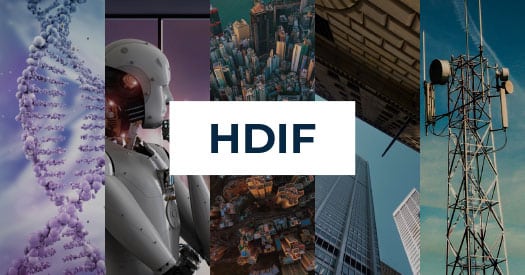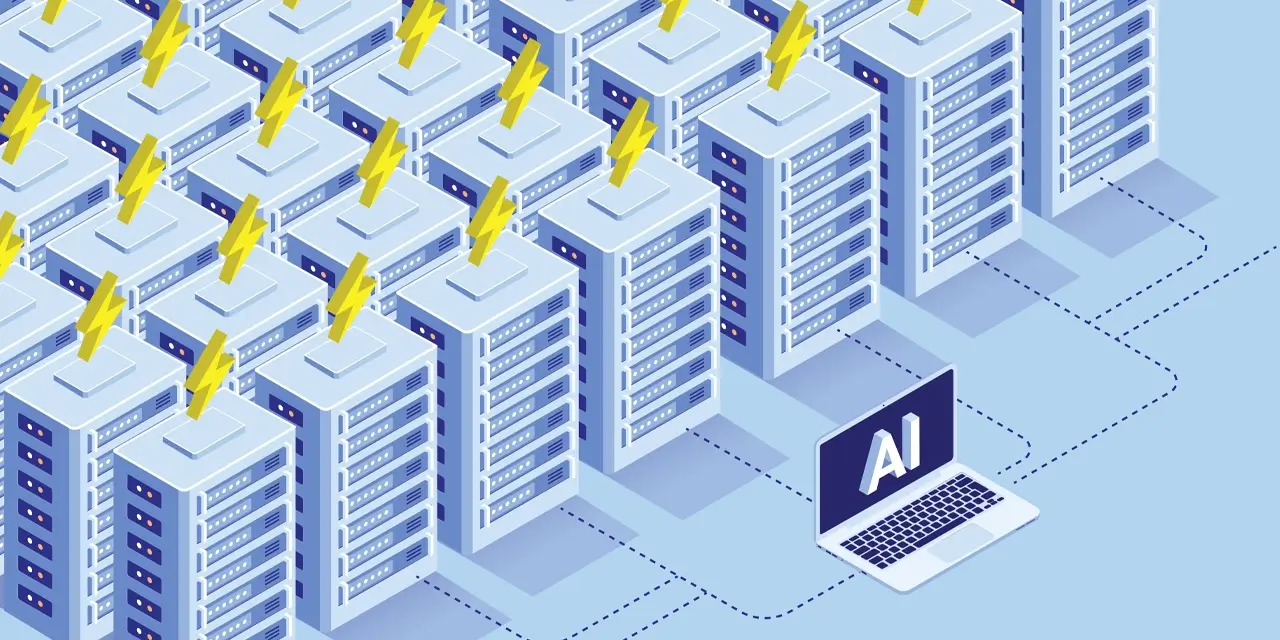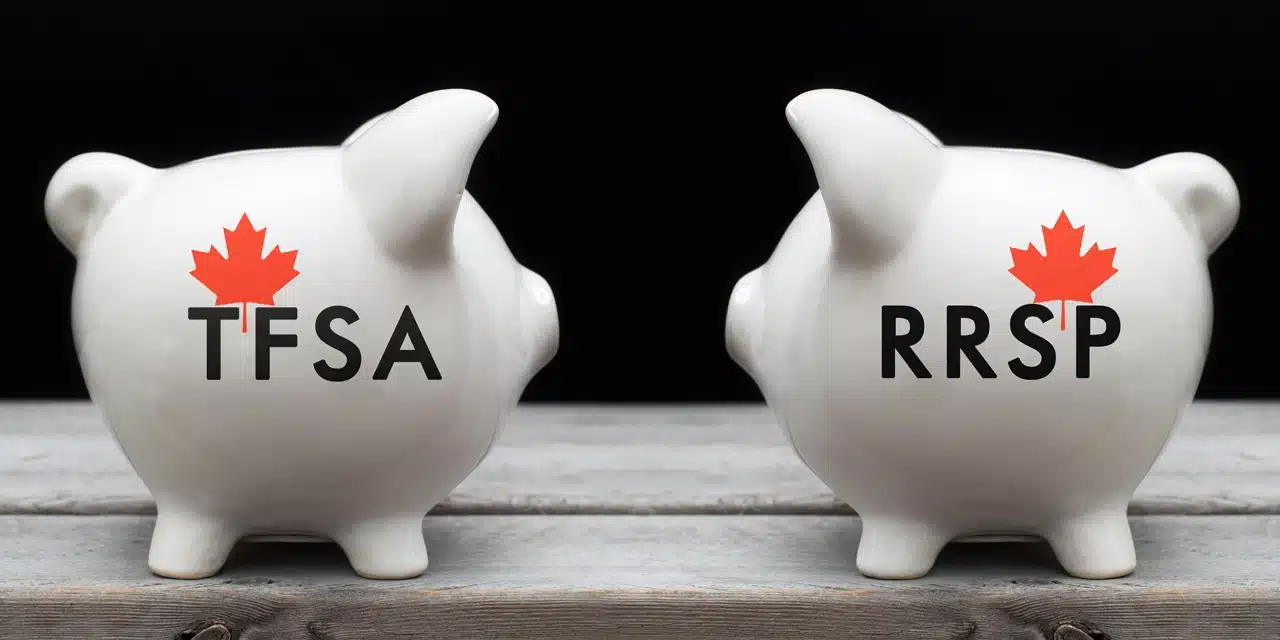By Harvest ETFs
Retirement is getting more complicated. As of 2020, average life expectancy was 81.72 years, according to the world bank. The average retirement age in 2021 was 64.4 years, according to Statistics Canada —the highest it’s ever been. Even as the age of retirement rises, many retirees are looking at upwards of 25 years where they will have to live off their savings, investments, CPP and other government benefits.
As retirees age, the likelihood of developing health issues and requiring long-term care rises significantly. According to a 2020 National Bank study of long-term care homes in Ontario, a private room at a long-term care facility costs, on average, $2,701 per month. Costs can climb much higher when looking at private facilities.
It’s almost unsurprising, then, that a Statistics Canada study found 47% of men and 41% of women re-entered the workforce within 10 years of retiring in their 60s.
The income provided by a return to work is helping many retirees simplify the complexity of retirement. But there should be other forms of income that a hardworking Canadian in their golden years can rely on other than forcing themselves to take on a job.
High Income without returning to work
The high levels of income provided by equity income ETFs using call options can help retirees bring simplicity to a complex retirement landscape.
These ETFs hold portfolios of equities, but use call options to generate high annualized yields paid to unitholders as a monthly distribution. The high income paid by these RRSP and RRIF eligible ETFs can benefit retirees in a number of ways.
First, they can help offset the rising cost of living by generating an annualized yield that is usually higher than the rate of inflation—something many fixed income assets have failed to do in 2022.
Second, because the income they pay is largely generated through call options, most of their distributions are taxed as capital gains, and therefore at a generally lower rate than income.
Third, because these ETFs are eligible to be held in registered accounts, they can be held in RRIF accounts. Mandatory RRIF drawdowns are a challenge for retirees, who are forced to withdraw from their savings at a rate set by parliament—potentially forcing depreciation of their core retirement assets unnecessarily. The income paid by equity income ETFs held in a RRIF can cover a portion of that mandatory withdrawal and help preserve principal investments.
Fourth, Harvest equity income ETFs generally hold stocks from large-cap companies, that lead their markets and often pay significant dividends. By adding an active covered call option strategy, these ETFs can generate higher income from portfolios of established businesses with strong long-term histories of wealth preservation.
Harvest ETFs offers a diverse suite of equity income ETFs with high annualized yields generated through an active and flexible covered call options strategy. They offer exposures to specific sectors and investable universes, with a shared focus on large-cap leading companies. Learn more about the specific ETFs and strategies below













